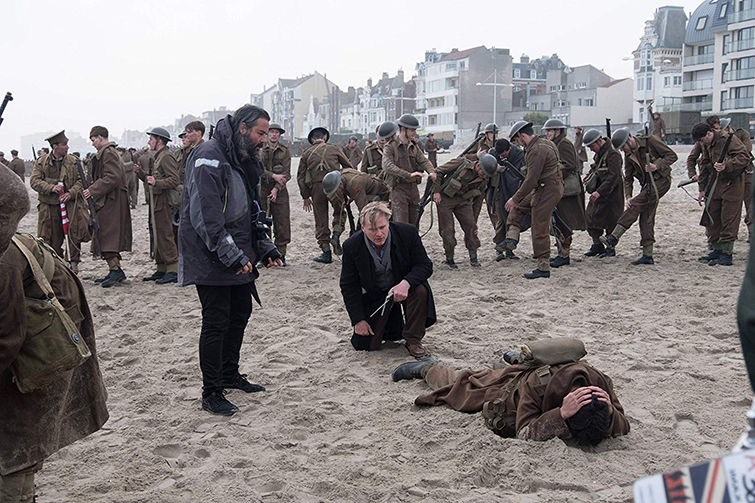
The 2010s: The Biggest Filmmaking Moments of the Decade
In ten years, a lot has happened in the world of filmmaking and cinematography. Let’s take a look at some of the biggest moments.
The 2010s was possibly one of the most chaotic decades in filmmaking history. Between YouTube, 4K cameras falling into our pockets, and all the different platforms for posting your work, the gap between amateur and professional filmmaker seemed to get smaller with each passing year. That being said, there were a few key moments worth talking about. The industry as a whole has experienced a lot and continues to produce better and better films.
So let’s take a look at the big moments.
ALEXA 65 Starts a Revolution
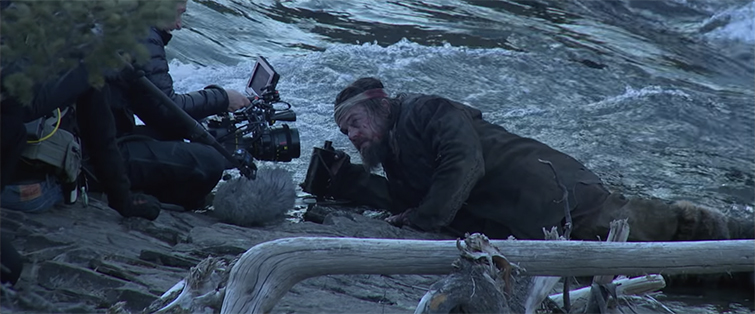
The Revenant was shot on the ARRI ALEXA 65. (Image via 20th Century Fox.)
In 2015, ARRI announced their large-format camera — the ALEXA 65 — would be available to rent. This was a pivotal moment for big-budget productions, as DPs everywhere wanted to get their hands on it. The deal behind the new 6K camera? A massive 65mm sensor (three times larger than their 35mm sensors) meant to emulate the likes of 65mm and 70mm film cameras.
- The first time audiences saw footage from the ALEXA 65 was an underwater sequence in Mission Impossible: Rogue Nation.
- The first production to use the ALEXA 65 as their A-camera was The Great Wall, starring Matt Damon.
- The first time you probably saw footage was in Rogue One in December 2016.
The demand was skyrocketing, and the films shot with it looked pretty incredible. Every DP has fantastic things to say about the new camera, so it’s safe to say we’ll be seeing more films shot with it.
The most recent Best Cinematography winner, Alfonso Cuarón, shot Roma with the ALEXA 65 system, citing the need to “take advantage of the amazing dynamic range.” You can listen to Cuarón talk about the decision to use the large format camera here. ARRI has stated that there are dozens of films each year lined up to shoot with the new system. So, again, expect to see a lot more of the 65.
The “Digital vs. Film” Argument
The totally redundant and boring argument of digital vs. film was a talking point throughout the majority of the decade, with every corner of the internet and the industry discussing it. Of course, there are the consumers who watch the films who prefer certain imagery and creative choices. And, you’ve got the professionals actually shooting film and digital features who provide their input. Basically, every time a big-name cinematographer was interviewed or finally given the spotlight, journalists and interviewers asked “Do you have any thoughts on the digital vs. film debate?” Which some DPs were heroic enough to shut down, addressing the ridiculousness of it all.
Ridiculous as it was, what started as a debate between a motion-picture-capturing format turned into theaters vs. streaming, and now we’re in the Marvel vs. real cinema leg of the race. There’s always going to be aspects of the process that get debated; that’s just what this is. However, there’s no denying the fact that digital photography has changed the landscape for what’s possible in the modern age of filmmaking. Speaking of innovation . . .
The Rise of the Mirrorless Camera
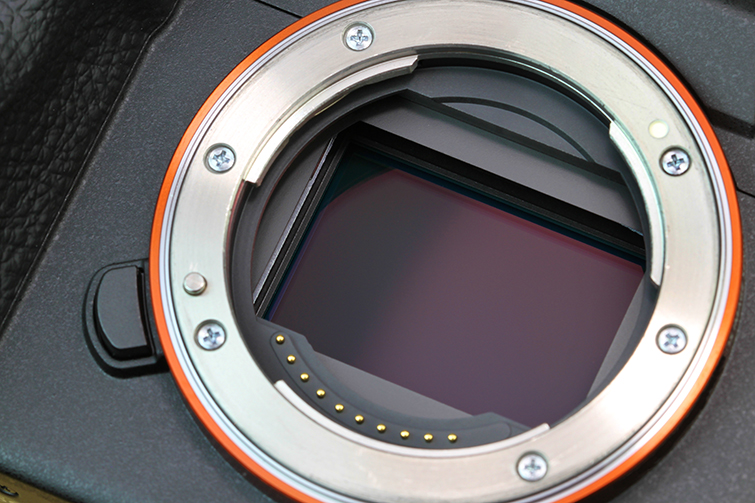
Removing the mirror allowed for a lighter camera with increased space. Image via HK-PHOTOGRAPHY.
First built by companies such as Epson, Leica, Panasonic, and Olympus, the mirrorless camera systems climbed into the stratosphere thank to Sony with the release of the a7 in 2013. The idea behind them? Remove the mirror in DSLRs that takes up space and adds weight to the body. The need for smaller, more capable camera bodies brought the mirrorless systems to the mainstream. But, before mirrorless systems took off, DSLRs were basically everywhere you looked — they still are. If you go anywhere close to a tourist attraction, you’ll most likely see dozens of people holding DSLRs and mirrorless cameras.
The rise of mirrorless also brought with it the micro four-thirds system, which in some ways is a hybrid bringing the 4/3 image sensor from DSLRs and improving on some aspects of the standard mirrorless systems. Between these and mirrorless cameras, the age of the digital single-lens reflex cameras seems to be dwindling. What’s important to know is that this decade ushered in some of the flagship cameras for videographers and upcoming filmmakers.
Drones
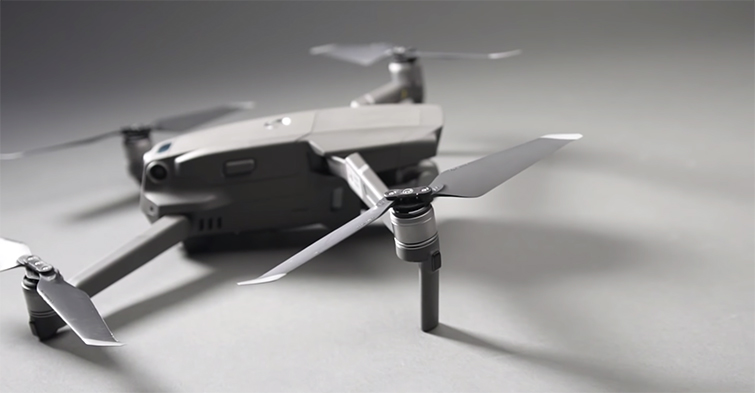
Drones provide a less expensive option when shooting aerial footage. Image via Shutterstock Tutorials.
I almost forgot about drones. Just like iPhones, drones already feel like they’ve been around forever. But they haven’t. Like most gear on this list, drones are relatively new to consumers. You no longer need a helicopter shot to pull off that establishing aerial snap. They’re only getting smaller and more capable, so expect to see more and more clever uses of drones and drone effects. This has brought a lot of production value to smaller movies and productions, like music videos and documentaries. Renting and purchasing a drone is no longer an outrageous expense. The unmanned aerial vehicles came to the market from the Japanese company DJI, in January 2013, with the Phantom 1. Since then, dozens and dozens of companies have released similar drones. However, for consumers, it seems like DJI is still king.
Actual Feature Films Shot on Cell Phones
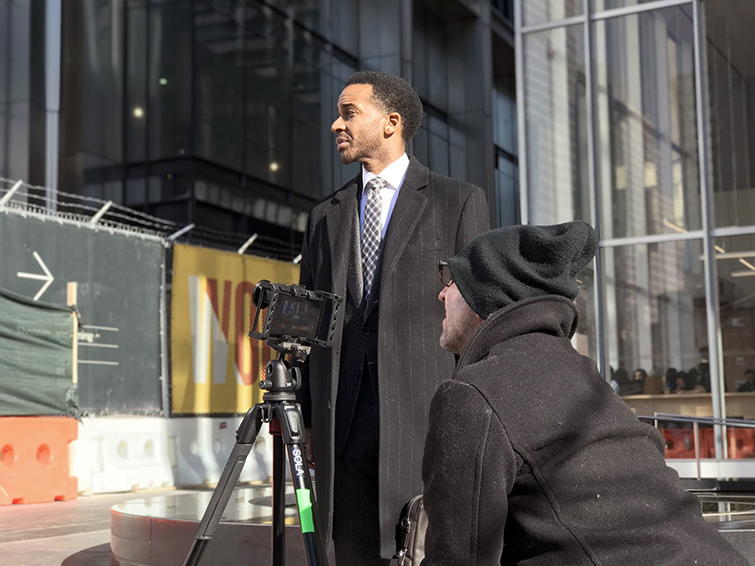
Soderbergh shot High Flying Bird exclusively on an iPhone 8. (Image via Netflix.)
It’s been ten years since the iPhone 4S came out. That means it’s been ten years since you’ve heard YouTubers and bloggers saying “You can shoot a feature on a phone!” (We’ve definitely been some of those people.) The thing is, you actually can — it’s been done, by actual directors. With each iPhone release (and other various smartphones), the better the image quality gets. With the most recent round of phone releases in the fall, there’re some serious camera capabilities now. Not only do the cameras get better, the gear you can use to shoot with keeps getting better, as well. There are entire companies devoted to making lenses and gear for phone filmmakers.
Some of the examples you’ve heard of — Soderbergh and Sean Baker — either shot on it because they had to or continue to shoot on the phone to prove they’re not just doing it as a gimmick.
The Strange Journey of LUTs and M31
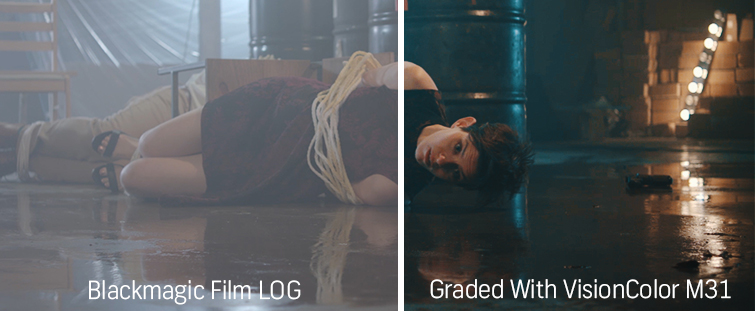
We graded our “Escape Room” short with M31 from the Osiris Pack to get the classic teal/orange look.
It’s a dead meme at this point, but the teal and orange look (M31 LUT) that has been demonized in the past few years, was really really really popular for a while. Rightfully so, as the contrasting colors are inherently cinematic in nature, and they can look really good when graded properly. YouTube content creation is to blame, in part. The need for creators to put out video content faster, with shorter post-production periods and fewer available resources became a necessity. So, creators turned to quick, effective solutions for color grading and correcting that they could do themselves. LUTs were the solution to this problem. Not only could you apply pre-built LUTs, but you could make your own, and then sell them on your channel or other sites. This novel idea influenced a certain type of community to focus on these fast solutions for filmmakers, offering ways to bypass what was once a long, expensive post-production process.
One of the first companies to really strike big with LUTs was VisionColor, whose product proved that your LOG and Rec709 footage could look cinematic, even if you don’t know a thing about color grading. They’re also the minds behind M31 — the teal and orange look I mentioned earlier.
Gimbals and In-Body Stabilization
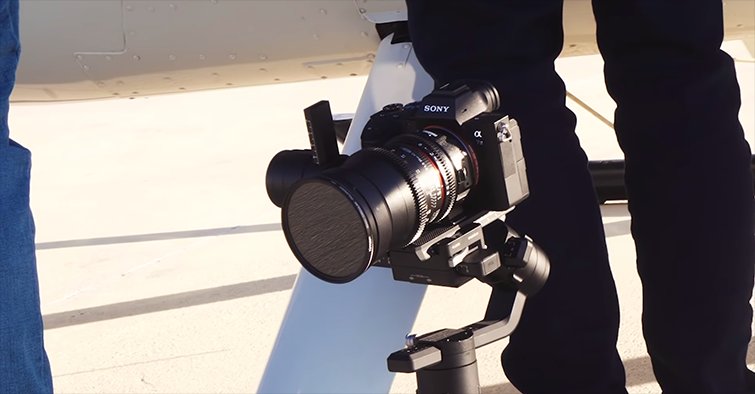
The gimbal enables the camera to pivot while maintaining a smooth shot. (Image via Shutterstock Tutorials.)
One thing about technological developments is that invention and innovation always follows one another, improving and refining capabilities. In the realm of cinematography, you’ve got smaller cameras with greater capabilities and power, able to work with smaller, more affordable pieces of equipment. So, once the DSLR became a mainstay, you had companies like DJI and Zhiyun-Tech building stabilizers and gimbals (capable of holding any of the DSLR or mirrorless cameras) you can operate with one hand. At the start of the decade, you had products like the Glidecam 2000 (which I personally accepted as payment for acting as a grip on a shoot during college) that kickstarted the ability to capture smooth, fluid shots with your own cameras. Now, creators no longer have to rely on setting up a dolly or slider to get a smooth shot. Like everything else I’ve discussed, the industry is continuously building upon the idea of streamlining your workflow and overall production.
Not only do we have better, cheaper gear, our cameras are improving as well, with the usual “image stabilization” — which is to say “sensor stabilization.” Even though lens stabilization was already a thing, many cameras can now adjust the sensor to smooth out the shot for you. On top of gimbals and Steadicams, this is just one more way companies are helping out filmmakers everywhere.
Now, obviously the long take and sweeping shots have been a staple of filmmaking and cinematography since Alfred Hitchcock‘s Rope in 1948. But now, the technique is possible for anybody. Movies like Birdman and the upcoming 1917 make it apparent that this style of shooting isn’t going anywhere.
YouTube Is an Actual Film School
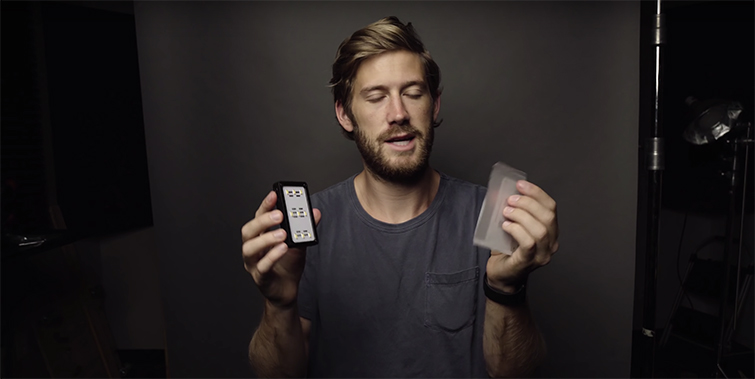
YouTube tutorials have become a true asset to inspiring filmmakers. (Image via Shutterstock Tutorials.)
It’s been a long ten years. I say this in regards to YouTube’s reign because it’s hard to image a time when YouTube wasn’t a factor in our daily lives. One of the biggest success stories to come out of the 2010s are all the filmmaking YouTube channels. These channels consisted of creators and video editors that just wanted to put what they knew online for others seeking guidance. Now, here we are with well over thousands of channels devoted to filmmaking — some with millions of subscribers, some with only four. The number of channels with information pertaining to cameras, lighting, directing, and editing is overwhelming. A novice filmmaker can watch videos and tutorials and learn as much, if not more, than the average film school class. This fact has inspired many filmmakers around the world to shoot and edit their own work, kickstarting their careers all from what they learned on YouTube.
Female Cinematographers Are Finally Recognized
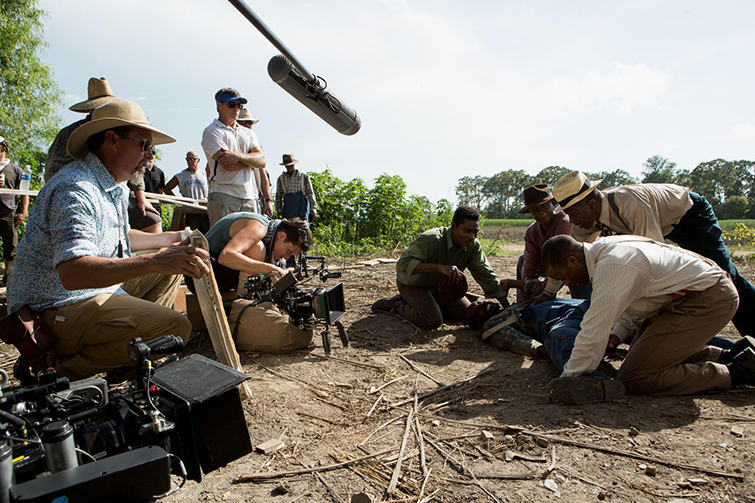
Women cinematographers are becoming a norm on the set of many prominent movies. (Image via Netflix.)
In 2017, Rachel Morrison was nominated for the Best Cinematography Oscar for her breathtaking work on Mudbound. She also shot Black Panther, a billion dollar blockbuster. So, clearly, she’s killing it. This monumental moment was what seemed like a turning point for cinematographers everywhere. In a previously male-dominated industry, women are finally getting credit for the stunning work they’re doing. Cinematographers like Mandy Walker, Charlotte Bruus Christensen, Reed Morano, and Natasha Braier are leading the way by mastering the art of one of the most technically challenging art forms out there. Some of the best-looking films of the 2010s were lensed by women. Here’s hoping that Hollywood keeps moving forward and hires more talented DPs.
Black and White Will Never Go out of Style
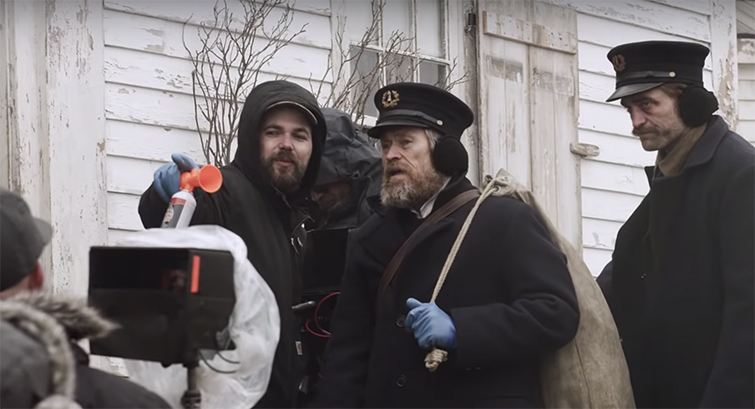
Black and white photography lends a visually nostalgic aesthetic to the story being shot. Image via A24.
For a decade that brought accessibility and possibility with affordable cameras, improved sensors, and color grading software to create stunning imagery from your home, there’s still a yearning for black and white photography. Look at some of the “Best Cinematography” nominees from the past ten years — there have been five, and one even won the Oscar. Just like the film vs. digital argument, a visually nostalgic aesthetic for movies is growing as we look for more acute ways to tell our stories. There are no rules, and it seems like filmmakers are finally starting to embrace that fact. One could also say that companies like A24 and NEON are pioneering this freedom — and marketing the hell out of these films. It’s a big step forward for artistic freedom and integrity for audiences and filmmakers alike.
With films like The Lighthouse, Cold War, and Roma, cinematographers will continue to push the medium in new directions, while the methods they use to capture this will also continue to improve.
Consumer-Friendly Cameras Used in the Theaters
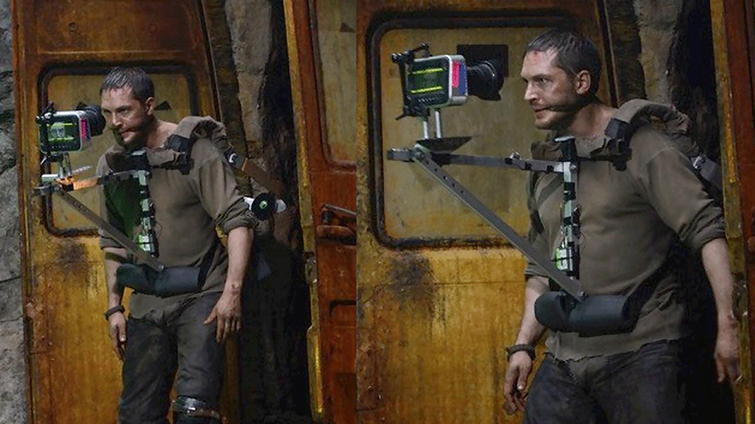
In Mad Max: Fury Road, George Miller strapped a Blackmagic Pocket Cinema Camera to Tom Hardy. (Image via Warner Bros.)
Now, in the same vein as cell phones, big-budget Hollywood productions started making use of these consumer-grade cameras. The DSLRs, GoPros, and mirrorless cameras were starting to work their way into major cinematographers’ workflows. I think one of the first times I saw a GoPro shot was in 2013, featured in a chase sequence during a small indie arthouse piece called The Hobbit: The Desolation of Smaug. It was, to this day, not visually consistent, looked horrible, and immediately pulled me out of the movie. But, Peter Jackson used it. He actually used a GoPro (oh yeah, GoPros became a thing, then not a thing, now they might be a thing again?) in a Lord of the Rings movie. Smaller films, like Frances Ha and Like Crazy, were shot entirely on the Canon 5D and 7D, and both saw theatrical distribution.
There are other instances of directors using smaller cameras in bigger scenes to get coverage. George Miller strapped a Blackmagic Pocket Cinema Camera to Tom Hardy, and Mel Gibson had stunt men hold the same camera with them during battle scenes. Do you think Mel Gibson read our review of the camera before shooting? Do you think Mel Gibson was like . . . reading our blog? I don’t know where to go from that question.
Also, This Happened . . .
Ang Lee shoots movies at 120 frames per second, which has generally not gone over well, as the images are jarring to look at. Peter Jackson shot the The Hobbit series at 48 frames per second. Some of our favorite directors have started shooting their own films themselves, like Alfonso Cuarón and Paul Thomas Anderson. The OG YouTube god Matt Workman created a cinematography design “game” called Cinetracer, allowing you to pre-vis your shoot in an incredibly helpful and fun way. Netflix now requires their original content to be shot in HDR. Quasar lights are currently one of the most popular ways to light music videos and sci-fi films. Aputure has dominated the lighting game by offering affordable, intuitive, powerful lights that seem to get better with each tech conference. What a decade! Who knows where tech will be in 2030. I can’t wait to find out.
Oh, and one more thing — our lord and master himself, Roger Deakins, finally won an Oscar for Best Cinematography on Blade Runner 2049, in 2018.
Cover image via The Oscars.
Looking for more on the filmmaking industry? Check out these articles.


